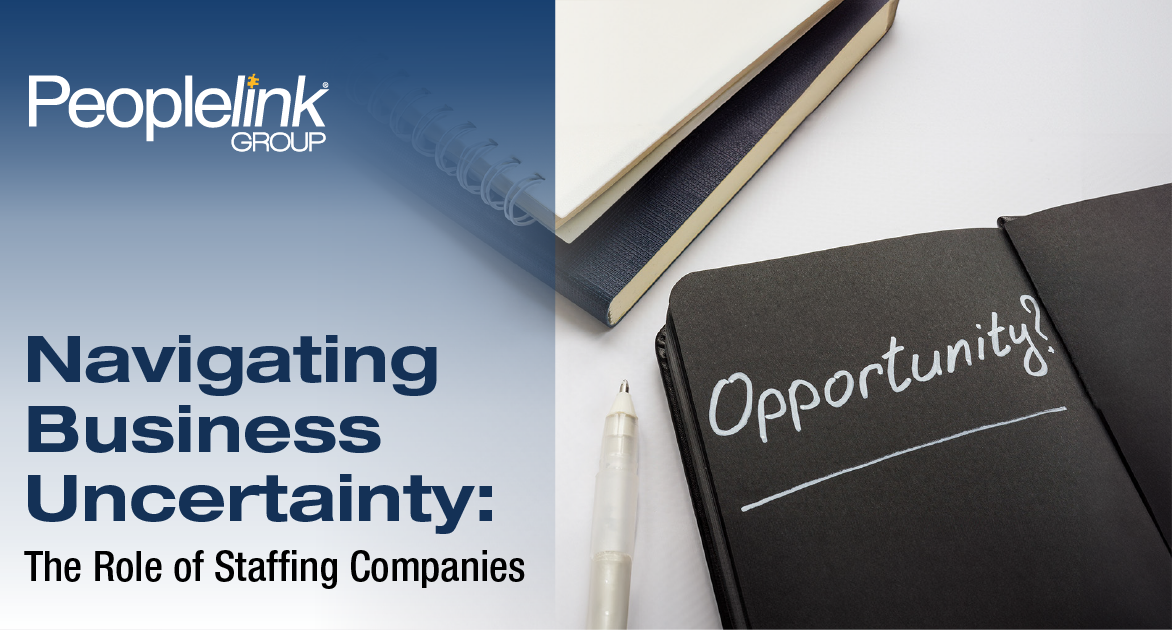Why Appreciation Matters Now More Than Ever
Today’s employees expect more than a paycheck. They want to feel seen. 23% of U.S. employees believe they receive meaningful recognition for their work. What is the ROI of appreciation? Those who believe they receive meaningful recognition for their work are four times more likely to be engaged and five times more likely to stay with their current employer. Meanwhile, the cost of replacing an employee can reach up to two times their annual salary, according to SHRM, which makes the case for investing in appreciation even stronger.
Recognition does not have to mean extravagant rewards. Simple acts like verbal thanks, highlighting wins in team meetings, or sending personal notes can go a long way towards acknowledging your workforce. Recent research shows when companies embed recognition programs into the culture, organizations see an increase in engagement. These statistics clearly demonstrate the ROI of appreciation is real, not theoretical.
The Link Between Recognition and Productivity
Appreciation creates a feedback loop that fuels performance. When employers recognize employees, employees experience a surge in motivation and are more willing to go above and beyond. The American Psychological Association found that 93% of employees who feel valued are more motivated to deliver their best work, compared to only 33% who do not feel appreciated. In skilled and industrial roles especially, recognition also influences safety and teamwork. Employees who feel respected and appreciated tend to be more proactive in identifying risks and supporting their peers.
The ROI of appreciation extends beyond individuals to entire organizations. Companies with high recognition cultures have been shown to enjoy a lower turnover rate and an increase in productivity. The math is simple: investing in gratitude pays back in engagement, retention, and operational stability.
How Recognition Connects to Workforce Support
Recognition is not only verbal. It is also practical. A powerful, often overlooked way to show appreciation is to recognize when your team’s workload is too high. During periods of high demand, acknowledging workload strain and taking action to reduce it shows employees that their well-being matters. Partnering with a staffing provider like Peoplelink Group can make all the difference. By supplementing your core team with flexible staffing solutions, you demonstrate that you value both productivity and balance. Whether through contingent labor, project-based support, or specialized placements, Peoplelink helps alleviate pressure points so your workforce can perform at their best. Pairing appreciation with tangible support builds trust and encourages long-term loyalty.
Practical Ways to Reinforce Appreciation
- Be specific and timely: Recognize achievements immediately and describe what made the contribution valuable.
- Include everyone: Appreciation should reach all levels from entry-level workers to leadership.
- Leverage peer recognition: Beyond praise by management, encourage employees to celebrate each other’s wins.
- Invest in flexible support: Use staffing partners strategically during peak seasons to prevent burnout and show employees their health and balance matter.
Partner with Peoplelink Group to Strengthen Workforce Appreciation
More than a gesture, appreciation is a growth strategy. When recognition incorporates concrete action, it strengthens your culture, improves retention, and boosts productivity across the board. Track retention, absenteeism, and engagement scores after implementing recognition programs, and you will see the true ROI of appreciation.
At Peoplelink Group, we help employers express appreciation not just in words, but through solutions that relieve strain, promote balance, and empower your workforce to perform at their best. Ready to explore how appreciation can become part of your performance strategy? Contact us today!














